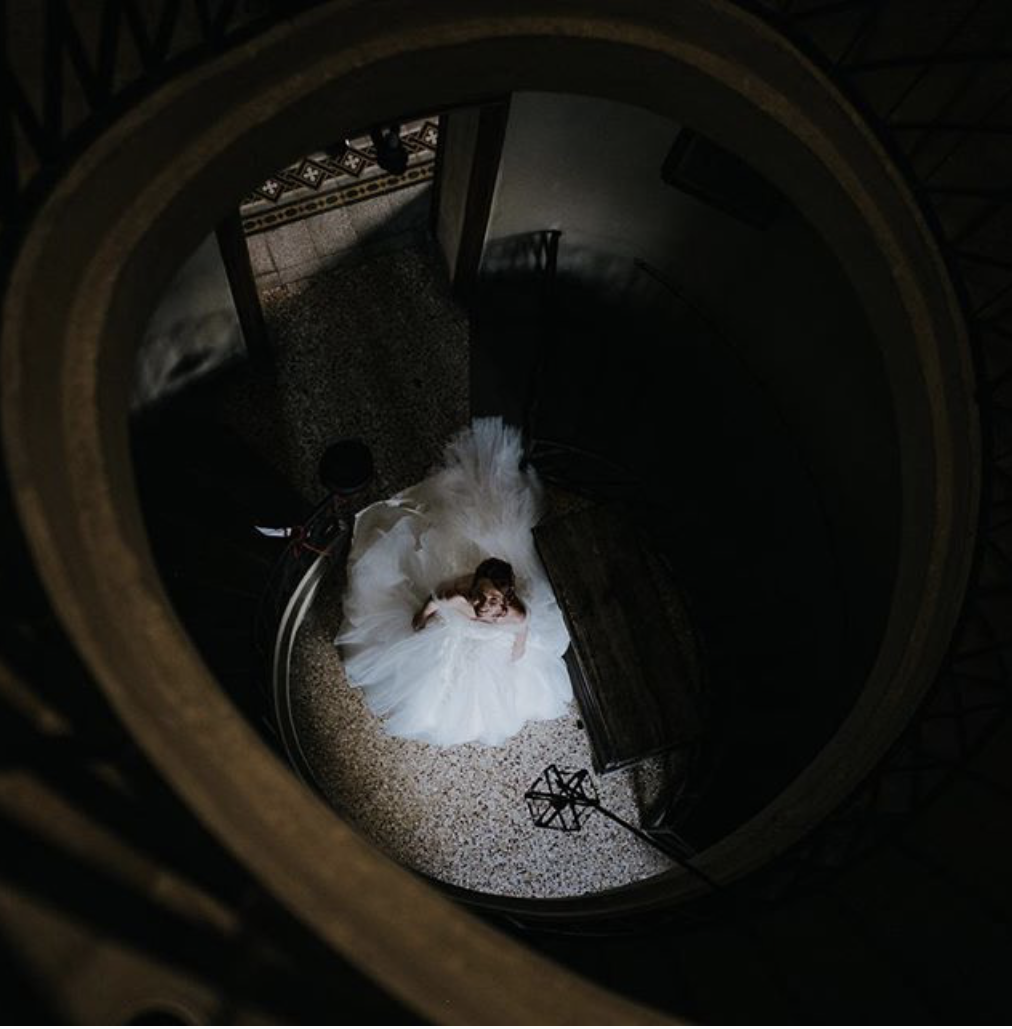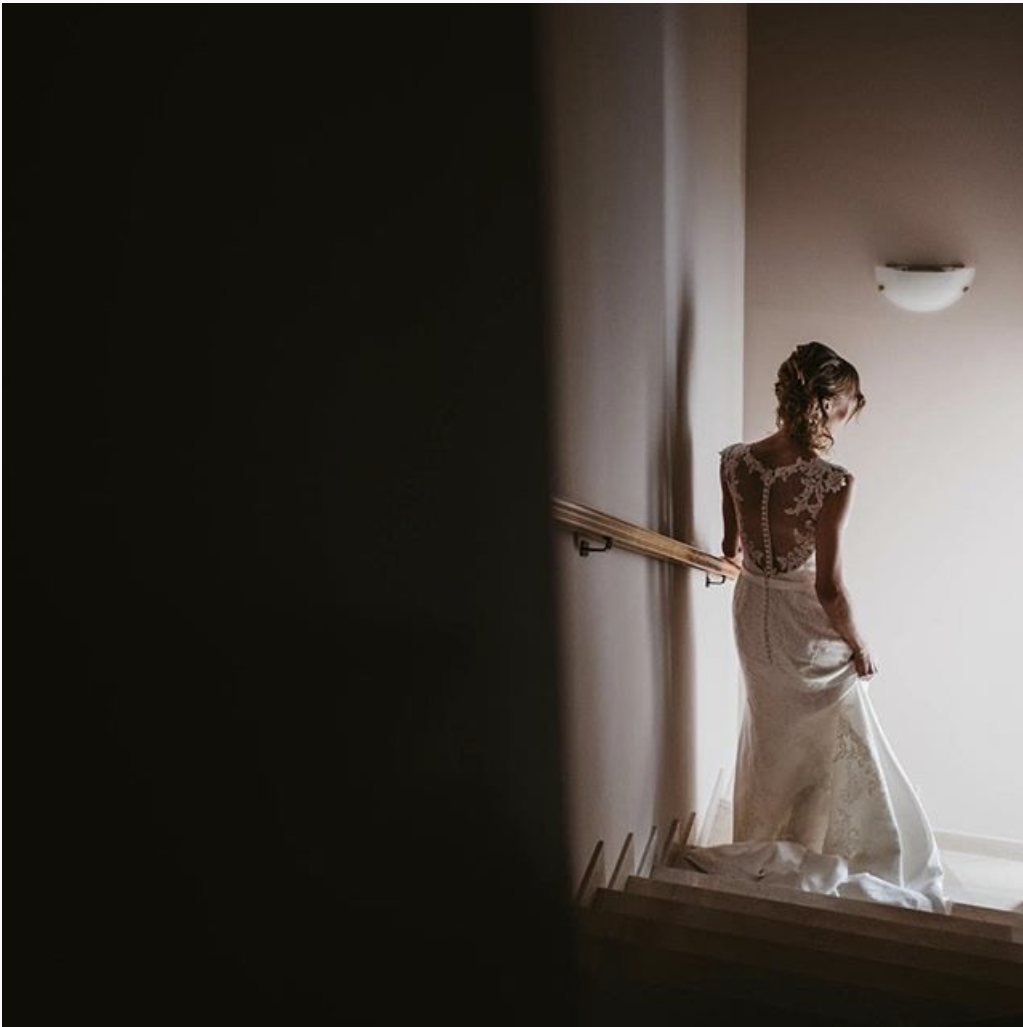Home As a Sacred Extension Of The Soul: Interview to Giui, Poetic Photographer
With her photography, Giulia Russo - Giui, as everyone knows her on the web and for work - looks for the poetry that lies in everyday life. She defines herself as a “contemporary aedo” (storyteller) and a poetic photographer; well, taking a look at her shots it’s clear that no, there’s indeed no better definition for her work: we’re talking about photos with a caravaggesque light, solemn and humble at a time, capable of revealing all the heroic beauty of everyday life. Photos that are distillates of pure poetry: common stories, and therefore unique, powerful, unforgettable.
We discovered Giui some time ago on her Instagram channel; impossible to determine which of her shots struck us most. One thing is sure: the photos of one of her first homes - between walls of different shades of blue and the bursting nature outside the window - have conveyed us a great sense of peace.
Below is our interview to this lovely artist, where she told us why the house is a "sacred enclosure" for her and what it means to make one's home an extension of the soul.
Enjoy!
Your photographic work revolves around the search for poetry in the everyday, in the ordinary life. When do you think a house has a poetic soul?
When it has a Genius Loci, that is, when the house has a precise identity, a soul of its own, but at the same time it is spatially undefined and allows us to imagine, not stopping at what it is.
Giui in one of her first homes
Many of the still life shots that we have seen in some of your publications have been taken in your first home: that was a special retreat with the walls painted in an intense blue, a magical light coming from the large kitchen window, the kettle always on the fire, the blooming nature all around. Tell us about this house and what it represented for your artistic and female identity.
That house for me was the “room of one’s own" that Virginia Woolf talks about. I do think that every woman in her life should have the opportunity to live in a similar place, to learn to live the space inside herself before the world out there.
That house immersed in nature wasn’t actually a real house, rather a “cabanon”: to create it I was inspired by Le Corbusier's "cabanon". I wanted it to be the extension of my soul, so I colored the walls with many shades of blue, which for me is a very important color linked to the soul.
That house meant returning to the essentials, which for me is nature.
The window in the “cabanon“
Bachelard said that the house protects our daydreams. For a creative soul like yours, how important is the place where to live, the objects to surround yourself with, and the arrangement of spaces?
It is definitely important. Just as Bachelard claimed, "it seems that the image of the house is the topography of our intimate being". Learning to live in our home means learning to live in the deepest part of us. And by “living", I mean participating in space, living it with with mindfulness. Transforming the place in which we live, making it our own, surrounding ourselves with a few objects that feed our spirit, inventing our daily lives, transfiguring the spaces as they were meant to be. I dream of a hybrid house, without "gender" or "fixed use", in which everyone can perform the function they prefer, in every corner they prefer, when they prefer.
Do you have a "poetic corner" in your current home, where it seems easier to find yourself and feel more connected?
I went from living on a hill, surrounded by trees, to a house in a suburban town. Not being able to move the trees and the hills, I recreated a corner in a very personal “internal jungle”, which has as its background a blue wall, the same blue as my “Cabanon”. I understood that for me the "poetics of space", the "primitive house" is inseparable from these two elements: blue and nature. I feel that in any other house I will live in the future, my personal poetic corner will have these two characteristics forever.
Let's talk about light, the main "tool" used in your photography to (masterfully) tell life and love stories. It is often said that the orientation to the sun is what animates a house: the light moves from room to room throughout the day, giving different energy to spaces and furnishings. How do you think natural light is able to affect the emotions and the connection we can create with our home?
For me, light is truly an architectural material, just like bricks and beams. All houses worthy of being called such have a light of their own. In my opinion, observing the light of one's own home is one of the first ways to start living in space, to make it one's own and therefore create a unique connection with the home, which becomes our home.
The most difficult question in the end, as always. Tell us what’s home for you in a word.
τέμενος: a word that derives from the ancient Greek verb “temno”, i.e. "to cut".
Cutting the space to create a "sacred fence”: for me there is no space more sacred than the house.
“As long as I have a blue wall, I’ll feel at home.”
Giui
What’s your concept of Home? We’re eager to hear your story.










